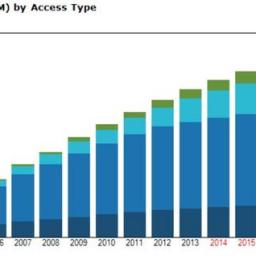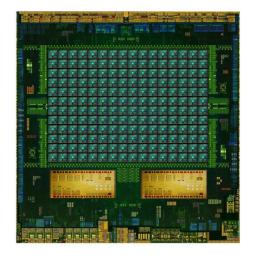Too many Linux distros out there seem to be pet projects, focused on minor choices of theme and desktop environment.
Redo Backup & Recovery is much more focused and is worth a look as a useful and important sysadmin tool. For starters, note they don't even bother to call it a distro: the fact that there's Linux underneath is not the point. But take a closer look and it's obvious that it's the power of Linux that makes this thing possible.
RB&R is simple: you download it and burn it to a disk or USB stick you then use to backup your machines. Boot the machine from your B&R disk, and let it work its magic. RB&R will mount the machine's partitions, and create a backup you can store elsewhere, say on a network share. If that machine ever gets misconfigured, virus infected, or anything else, you can simply restore one of the backups as though it were a bare-metal restore. It's essentially OS-agnostic, permitting sysadmins to backup and restore Windows or Linux machines with equal ease (it's not clear how good its Mac support is though!). It's graphical, auto-configs network shares, and because you make the backup by booting the machine from your disk/USB stick, you don't even have to have login rights on that machine.
The whole thing is a simple 250MB disk image, that gets you a graphical interface based on Openbox. Under the hood, it's simply a clever GPLv3 Perl script that leverages GTK2+ and Glade, plus
partclone, which does the block-level disk backup or re-imaging. Partclone supports ext2/3/4, HFS+, reiserfs, reiser4, btrfs, vmfs3/5, xfs, jfs, ufs, ntfs, fat(12/16/32), and exfat.
I like this approach: they don't make much noise about Linux; they just present a useful tool any sysadmin would be grateful to be able to use. It is tightly focused on providing a single service and doesn't get wrapped up in troubles related to inevitable "feature creep". It does one thing, and does it well. I know my openSUSE box has recovery tools built into its YaST management system, but my brief test shows B&R is way easier, user-friendly, and hassle-free. I will be continuing to use it as recovering from an image is way easier and undoes the inevitable trouble I get into by downloading and experimenting with software packages that eventually combine to hose my system.
Give it a look for yourself, and sleep a bit easier.

